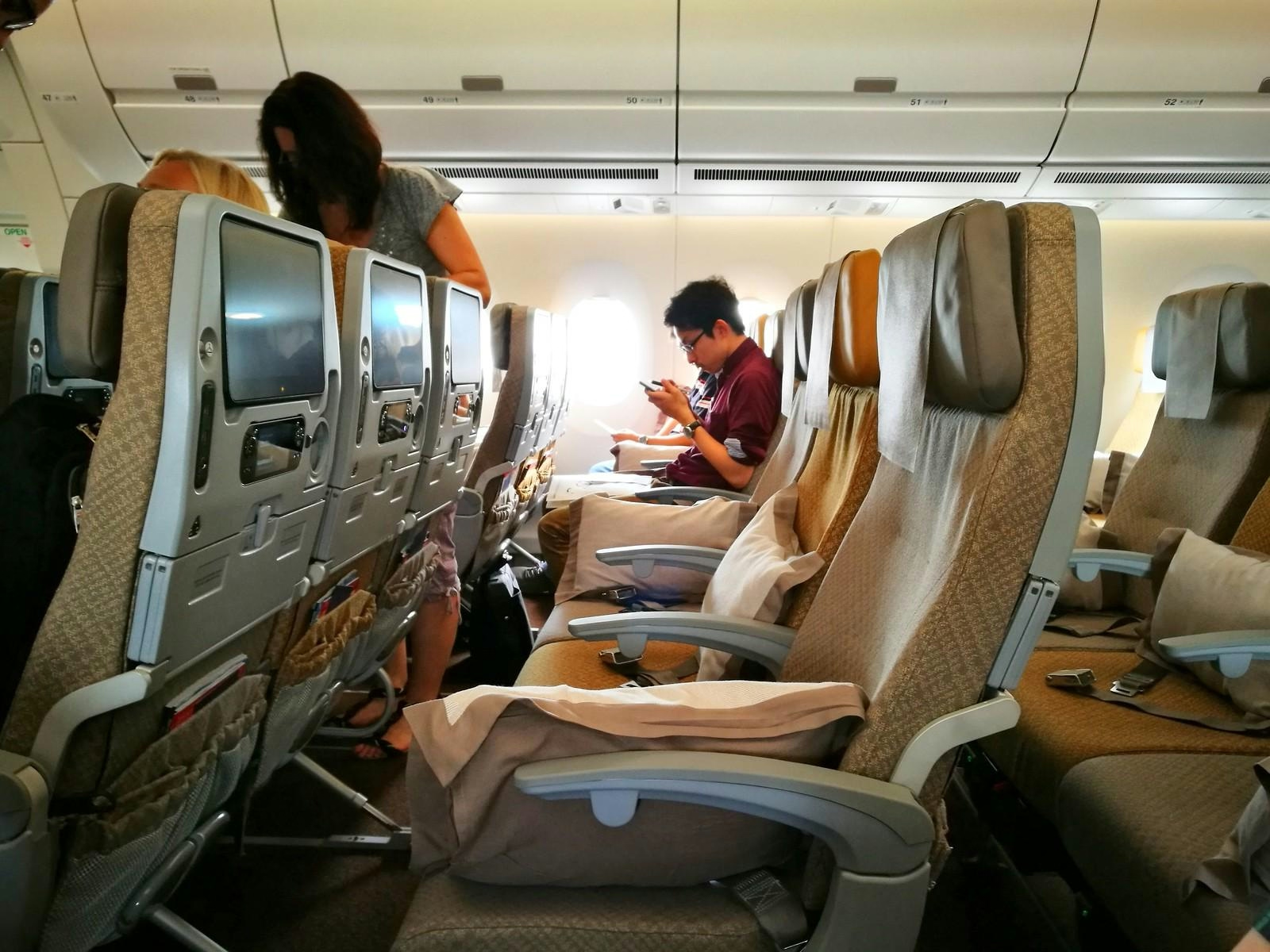
AeroGenie — Votre copilote intelligent.
Tendances
Categories
Ask Paul: What Could Cause This?
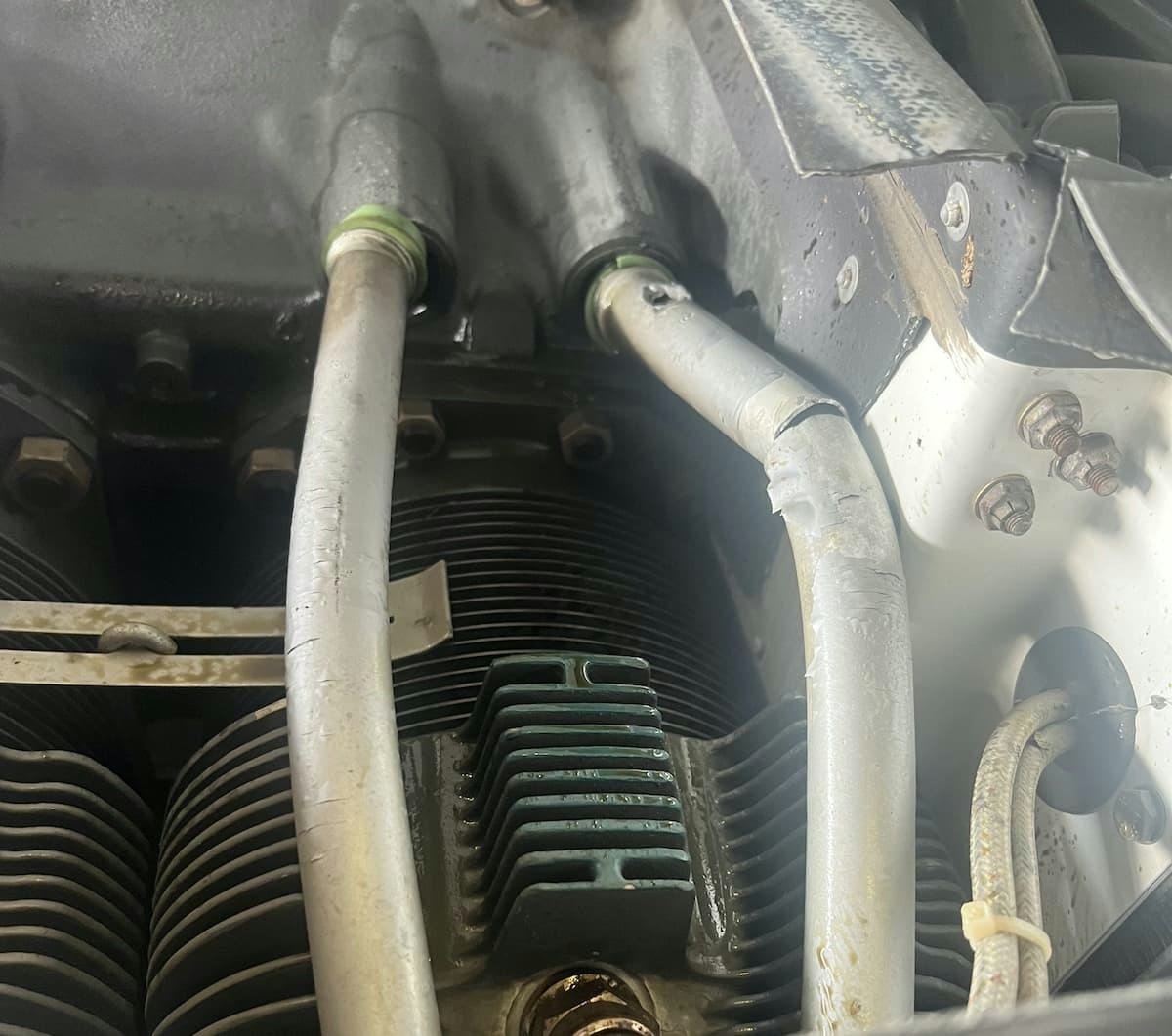
Ask Paul: What Could Cause This?
A recent inquiry accompanied by a photograph highlighted a severe case of engine damage, prompting an examination of its possible causes. The image revealed a severely bent and fractured exhaust valve pushrod shroud tube on the right side, alongside a bent intake pushrod shroud tube. More alarmingly, the intake side had cracked the tappet boss on the crankcase—a critical failure necessitating either extensive repairs at an FAA-approved facility or a complete crankcase replacement.
Such simultaneous damage to both exhaust and intake valves is an uncommon occurrence. Understanding the underlying causes is essential, though the financial implications of repair are inevitably significant.
Maintenance and Prevention
One of the most effective strategies to prevent such damage is rigorous adherence to regular oil and filter changes. Lycoming’s Service Bulletin 480 emphasizes the importance of consistent oil servicing and monitoring for metallic solids, which serve as early indicators of internal engine wear. Investing in quality fuel and oil remains one of the most cost-effective measures to extend engine life.
Based on the evidence and professional experience, it appears the exhaust valve likely seized first, potentially breaking the valve head. As the engine continued to operate, a fragment from the damaged exhaust valve may have become lodged between the intake valve and its seat. This obstruction could have forced the pushrod to apply excessive pressure, dislodging the tappet body and ultimately cracking the crankcase. This sequence underscores the critical role of diligent maintenance in preventing catastrophic engine failures.
Other Contributing Factors
Engine cooling is another vital aspect often overlooked in maintenance routines. Insufficient cooling, frequently caused by worn or improperly fitted engine baffling, can result in elevated operating temperatures and subsequent component failures. Proper baffling directs cooling air efficiently around the cylinders, with baffles designed to fold inward toward the cylinders and rear baffles folding forward to contact the top cowling, eliminating gaps. A simple inspection using a flashlight through the cowling’s air inlets can verify the integrity of the baffling system.
Broader Industry Challenges
This incident reflects broader challenges faced across various industries, including corporate philanthropy and the rapidly evolving AI-driven agriculture market. Organizations in these sectors are increasingly required to recalibrate strategies amid economic pressures and shifting stakeholder expectations. There is a growing demand for high-impact, measurable programs aligned with core business objectives rather than superficial marketing efforts. Additionally, social media scrutiny and competitive responses—such as adopting similar strategies or investing in advanced technologies like robotics and predictive analytics—add layers of complexity.
Similarly, in aviation maintenance, market pressures and resource constraints may tempt operators to reduce maintenance rigor. However, the risks associated with such shortcuts are substantial. Just as missteps in corporate strategy can lead to reputational or financial setbacks, neglecting engine maintenance can result in catastrophic mechanical failures and costly repairs.
Conclusion
Whether in aviation or the corporate world, the imperative remains the same: proactive, thorough maintenance and strategic planning are essential to avoid costly failures. Regular inspections, meticulous attention to detail, and strict adherence to best practices continue to be the most effective means of safeguarding both engines and enterprises.
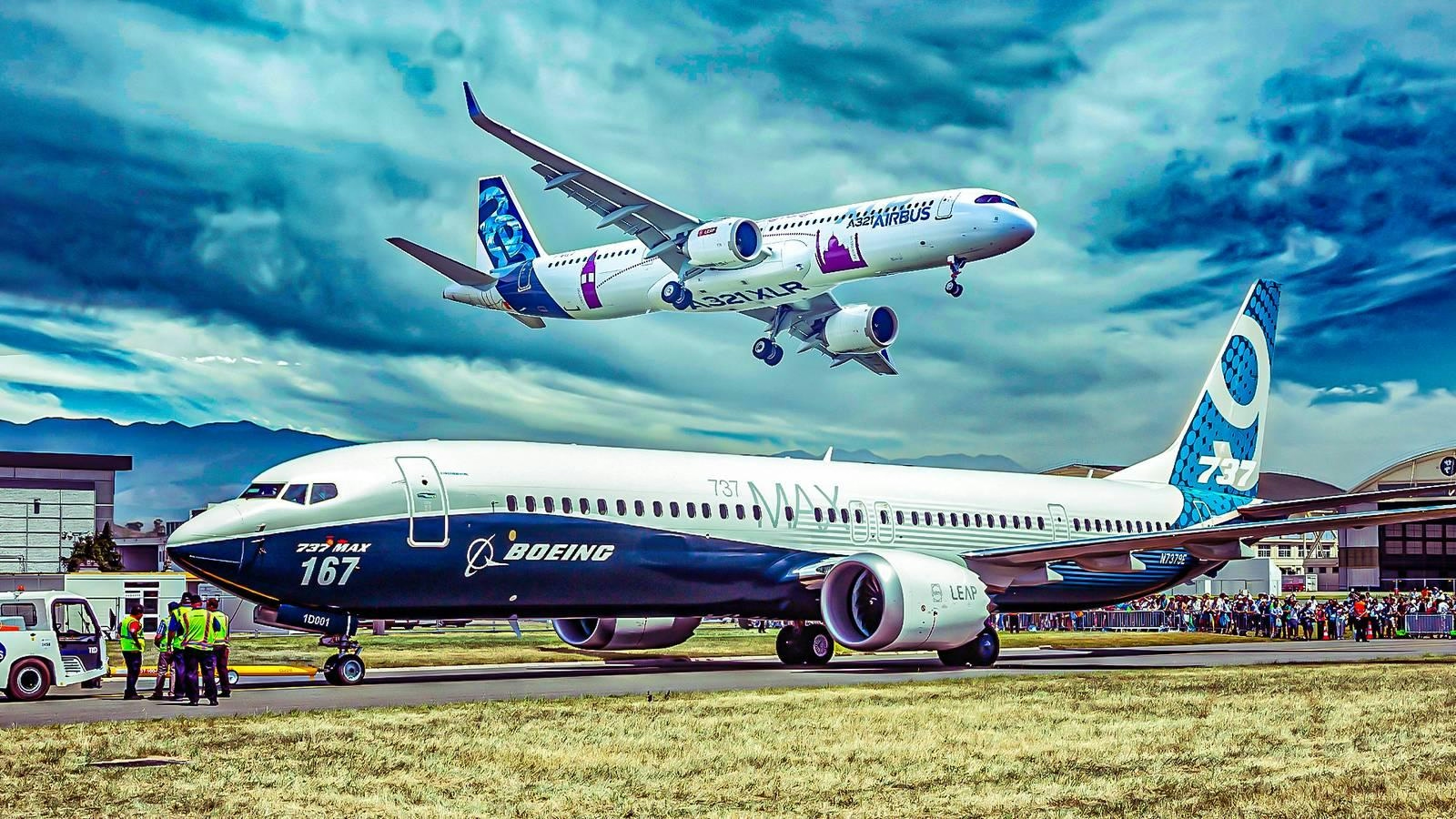
Range Comparison Between Airbus A321XLR and Boeing 737 MAX
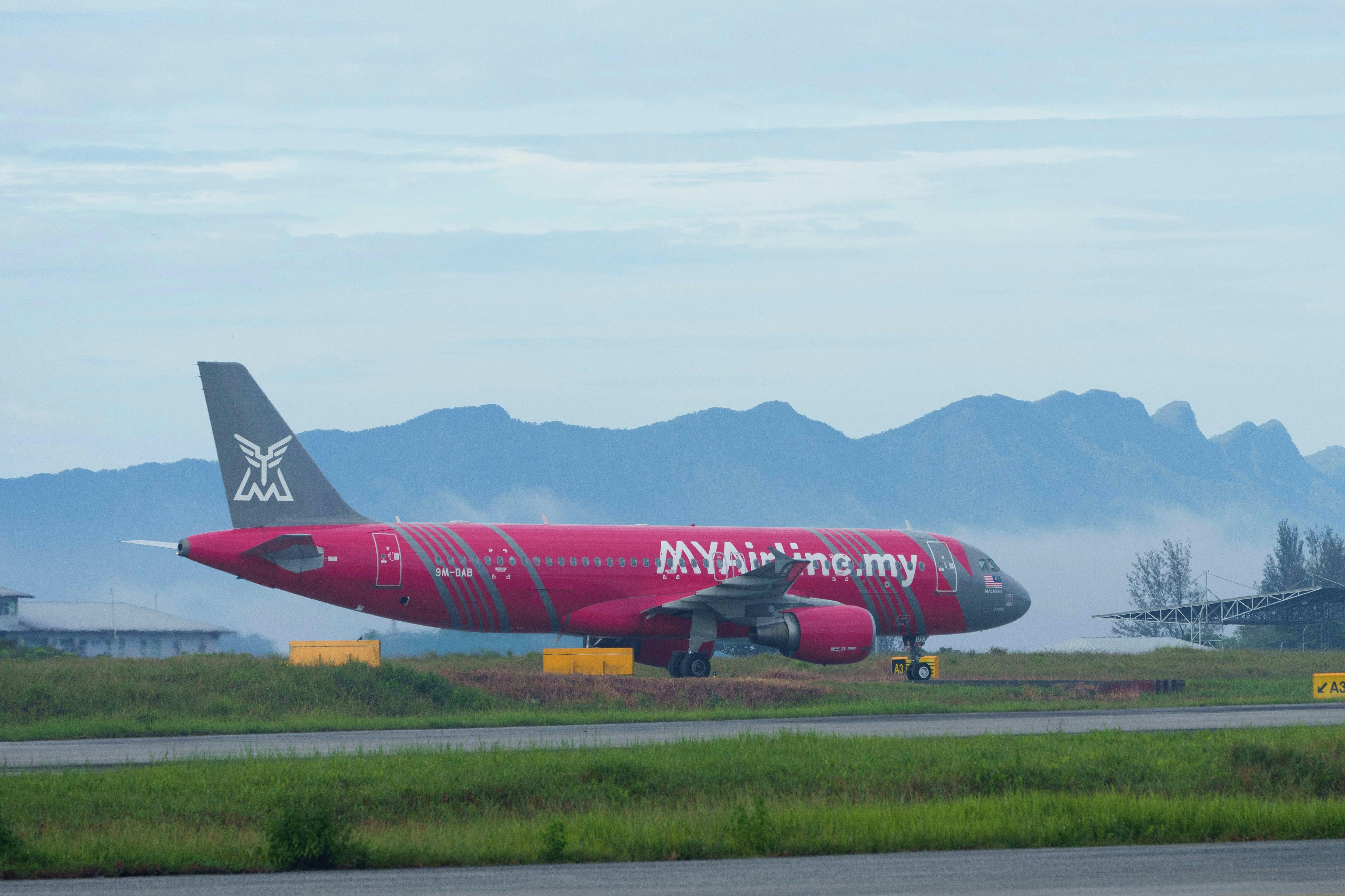
Malaysia Aviation Group Expands Fleet with New Deliveries and Pending Order

More Than 75% of Planes Operating in Nigeria Are Wet-Leased
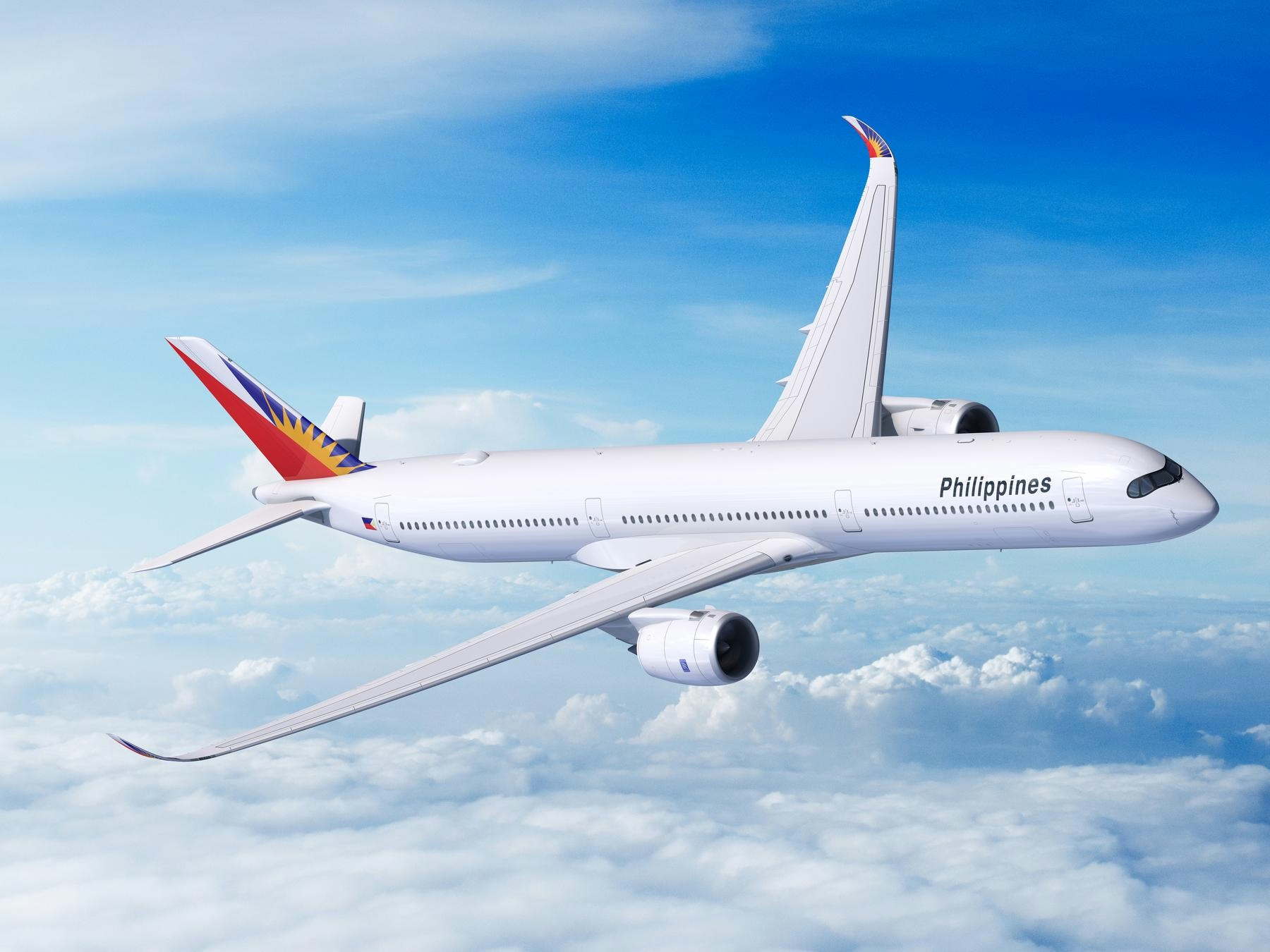
BOC Aviation to Lease Two Airbus A350-1000s to Philippine Airlines

How Many Boeing 777X Prototypes Were Built?
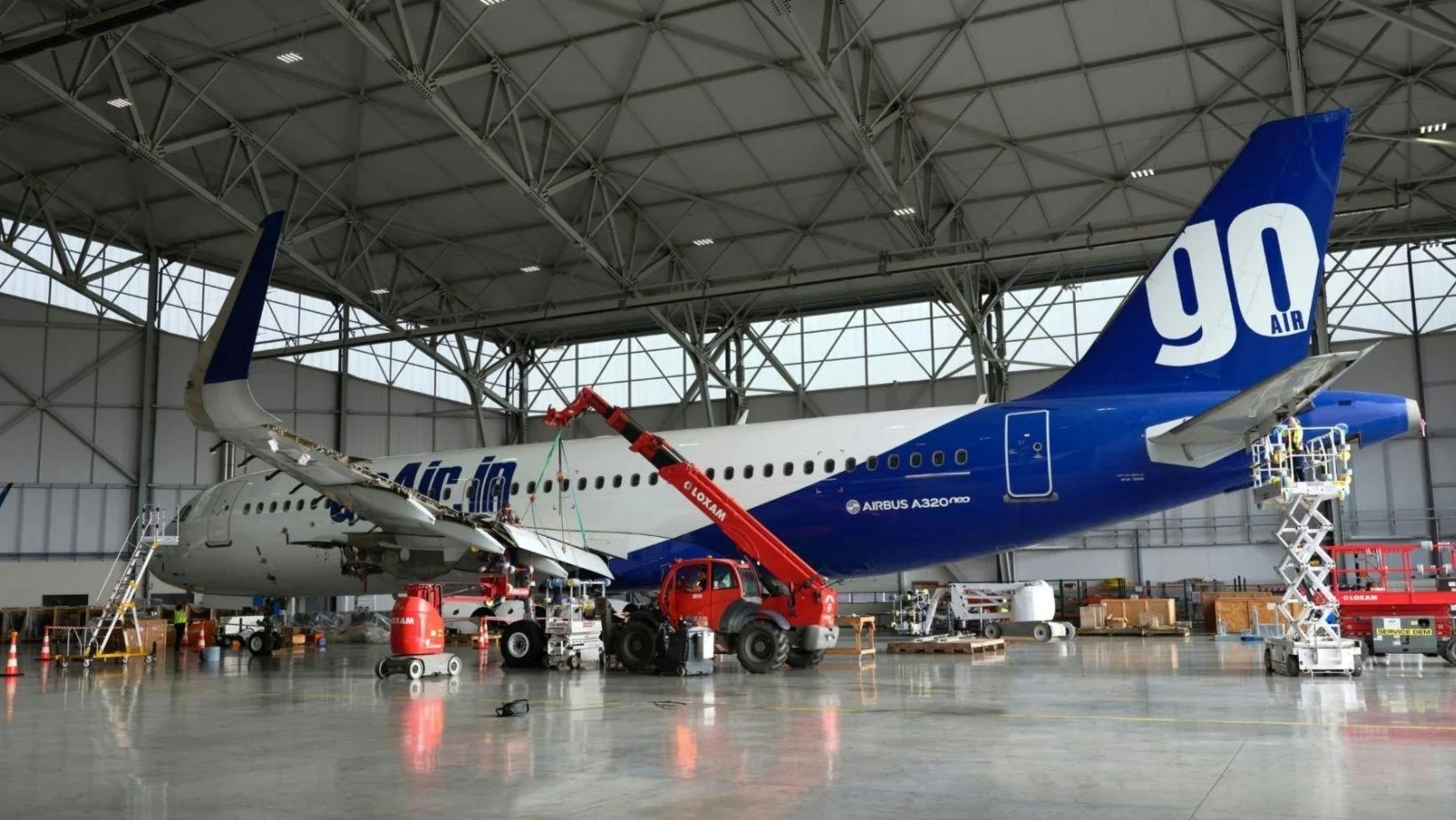
AerFin Announces Availability of A320neo Inventory

Petrobras Delivers First Sustainable Aviation Fuel Produced in Brazil
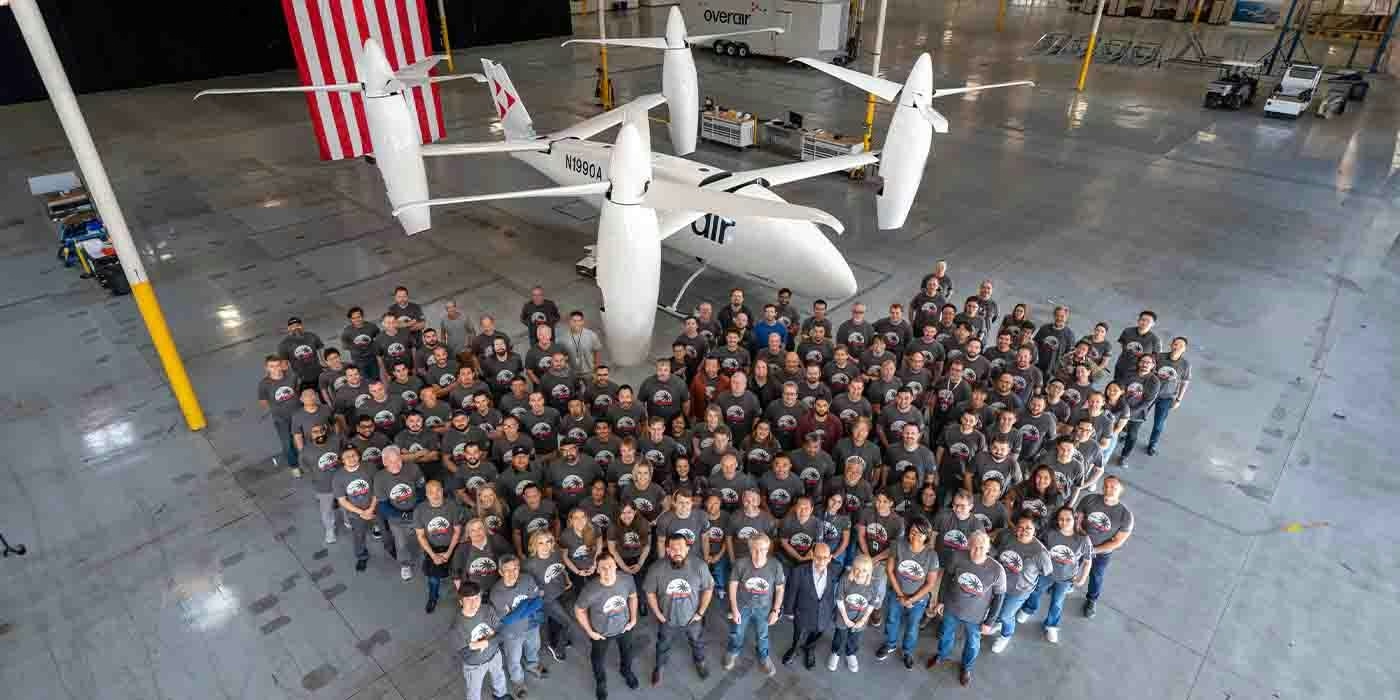
Unique mixed-propulsion eVTOL completes transition flight testing
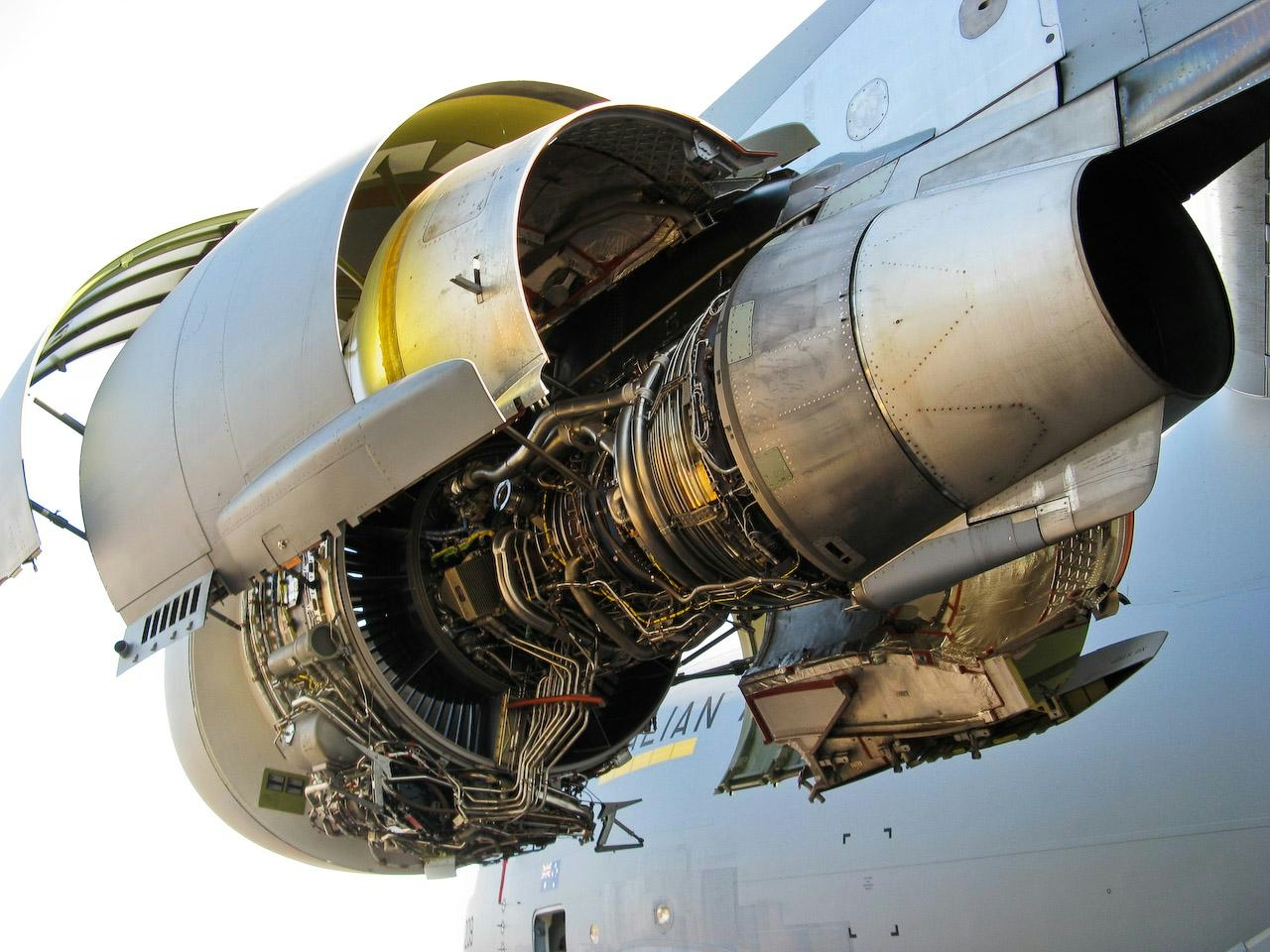
Are C-17 Globemaster Engines Derived from Boeing 757?
